- It's the successor to the closely related 720S.
- It features mid-mounted twin-turbocharged V8 power.
- The 750S Spider uses a power-folding retractable hardtop.
2024 McLaren 750S First Drive: All the Right Moves
All smiles, all the time
The McLaren 720S was already a world-class sports car, able to hang with all but the most rarefied and expensive cars around on a racetrack track while being relatively comfortable and easy to live with on a day-to-day basis. When it came time to work on the car's successor, the new McLaren 750S, the company's engineers didn't want to spoil a good thing, and at first glance, the new car doesn't look all that much different than the old one. But there's a lot going on underneath that familiar bodywork.
More power, less weight, bigger brakes and parts borrowed from both the McLaren Senna and 765LT — both track-focused cars based on the 720S — are among the 750S' highlights. Some significant quality-of-life updates make the new car better to drive both on the street and on a track. The 750S certainly looks familiar on the outside, but McLaren says about 30% of the car is new or has been revised. Even that familiar design has been changed ever so slightly, though that's to do with improvements to aero rather than simply trying to make the new car look different from the old one.
The goal of these changes isn't a dramatically different car but rather one that hones what made the 720S so good while improving on areas where it was lacking. We spent some time outside of Las Vegas both on the street and at the infield track at Las Vegas Motor Speedway to see how the new 750S coupe and drop-top 750S Spider shake out.
Updated but not overhauled
Like the 720S, the 750S uses a 4.0-liter twin-turbocharged V8 mounted just behind the driver. It sends power solely to the rear wheels through a seven-speed automatic transmission. The engine — dubbed M840T by McLaren — makes 740 horsepower and 590 lb-ft of torque, up 30 horsepower and 22 lb-ft from the 720S. An increase in the turbo's boost pressure is the most notable change to the engine, though this year's V8 gets lighter-weight pistons borrowed from the McLaren 765LT.
There have been changes down the driveline too. The transmission remains a seven-speed dual-clutch automatic, but the final drive ratio has been shortened slightly. While that means top speed is down from 212 mph to 206 mph, shorter gearing makes for quicker acceleration and a sharper throttle response.
The interior has been slightly revised compared to the 720S' cabin, drawing some of the better bits from the smaller, more affordable McLaren Artura. That includes a new instrument cluster and relocated controls, both of which make living with the car much easier. The drive mode controls are a finger's reach away from the wheel, so you don't have to remove your hands to adjust settings on the fly.
As before, the steering wheel itself is devoid of buttons, unlike what's in just about every other vehicle on the road today. You can't so much as change the volume for the stereo from the steering wheel (though there's a perfectly fine knob within easy reach), with some stalks behind the wheel adjusting things like cruise control and the windshield wipers. Some people may find the lack of redundant controls a little frustrating, but we appreciate the straightforward design. It makes this and other McLaren cars feel purposeful. You look at the clean, unadorned wheel and know exactly what this car was designed for.
The infotainment system is similar to before but with one notable change: standard Apple CarPlay. It's not wireless, but it worked flawlessly in our experience. Those without iPhones are limited to a basic USB or Bluetooth connection as the 750S still lacks Android Auto. The screen is small but seems brighter than before, so it's easier to view in bright sunlight.
Nearly peerless performance
The updated engine is a real highlight, with enough power to spin the tires through at least third gear if the tires are cold. This car is very, very fast. Not just quick — though McLaren says the 750S will go from 0 to 60 mph in just 2.7 seconds and fly through the quarter mile in 10.1 seconds. Those are stellar figures, but where the 750S really shines is past 100 mph. There's so much power at mid to high revs that you would need a full Formula 1 circuit to exploit everything that this car is capable of. Sure, top speed is down a few mph, but we'll take the new car's improved acceleration over the old car's higher top speed. How many places in the world can you actually drive upward of 200 mph anyway?
The 750S features the latest iteration of McLaren's hydraulically linked suspension. As on the 720S, this distinctive suspension design uses an adaptive hydraulic system instead of traditional stabilizer bars; it works to minimize roll when cornering while also providing optimum ride comfort. For the 750S, the suspension features lighter-weight springs and dampers, an enhanced hydraulic system and revised suspension geometry. The springs themselves are softer at the front and stiffer at the rear compared to those on the 720S, though the car doesn't ride any worse than before on the street.
More weight savings come from parts like carbon-fiber seat shells, thinner glass for the windshield, and lighter wheels than before. With fluids (fuel, oil, etc.), the 750S weighs a little over 3,000 pounds, making it one of the lightest new cars on the road today.
The 750S' steering has been slightly revised compared to the 720S. There are two main changes: a quicker ratio for the rack itself and a new, enlarged power steering pump. McLaren still uses a hydraulically assisted power steering rather than the electronic power steering found on most other cars today, including rivals like the Ferrari 296. The new power steering pump has the added benefit of speeding up the car's front-axle lift as the lift system itself uses hydraulic pressure from the pump to work. It's easier to use than before, too, with a button just to the left of the wheel on the redesigned dashboard that will lift the nose in just 4 seconds, down from 11 seconds in the 720S. Better steering feel and a quicker nose lift seem like a win-win to us.
Behind the wheel
Everything is immediate and fierce. Despite packing a pair of turbochargers, the engine has seemingly no turbo lag, with a powerband that's smooth and even from idle to redline. The 750S feels quicker and more agile, pushing performance closer to that of the 765LT without the latter's spartan interior.
The McLaren's steering is frankly phenomenal, especially compared to the electronic power steering found in the competition. There's plenty of feedback through the wheel, so you always have a good sense of what the front end is doing. It changes direction quickly, too, but it's not so responsive that the 750S feels nervous or twitchy. It's easy to place a tire right on the apex of a corner, and the 750S wasn't unsettled by aggressive use of the track's curbs. On the street, the steering can feel heavy at low speeds, but it's a fine trade-off given how much it benefits the rest of the driving experience.
The firm brake pedal requires a bit more effort to push than what's in most other cars on the road, but the pedal doesn't feel stiff or wooden. Quite the opposite actually. The firm pedal and powerful brakes are confidence boosters and help encourage a driver to push a little harder and a little faster. You want to hold the throttle down a little longer and brake a little later, putting faith in those Senna-supplied brakes. The pedal is easy to modulate, too, so it's easy to do a bit of trail braking through a corner. The new rear wing can flip up on deceleration to act as an air braking to further improve stopping performance. Plus it just looks cool to see the active aero in action.
The 750S is available with three sets of Pirelli tires: the P Zero, the P Zero Corsa and the track-ready P Zero Trofeo R. The latter were equipped on the car we drove on the track, and once they've warmed up a bit after a quick lap, they provide plenty of traction both into and out of a corner. If you only plan to drive the car on the street, the standard P Zero tires are probably enough. But with the Trofeo R tires, you can really fly through a corner, trusting the car to hook up and exploit every single one of the V8's 740 horsepower.
What about the competition?
Few cars can compete on the McLaren's playing field, be it in terms of price, performance or sheer wow factor. And expect to fork over quite a few dollars for the 750S. Prices start at $331,740 for the coupe and $352,740 for the Spider and its retractable hardtop. That includes destination — an eye-watering $5,500 — as well as the $2,240 NA Accessories Pack, a mandatory package for all American-bound 750S models. The package includes things like a leather travel bag for the car's front trunk, a car cover, a battery charger, and tire cradles to keep the car from rolling, the latter trio useful if you plan to leave the car parked for an extended period.
The Ferrari 296 GTB and 296 GTS convertible are the most direct rivals to the 750S, with the Ferraris about $10,000 more than the McLaren. The plug-in hybrid Ferrari is a slightly different take on a mid-engine supercar, though overall performance is similar. The 296 is extremely quick, and the turbocharged V6 plug-in hybrid powertrain is impressive in that it allows for around-town electric driving and obscene performance on track. That dual nature means the Ferrari thrills in a different sort of way than the more traditional McLaren, a car that feels on and exciting all of the time. That V8 is firing away anytime you're in motion, ready to test the limits of the Pirelli rubber. Frankly, the McLaren's engine sounds better than the Ferrari's, too.
There's also the Lamborghini Huracán, another mid-engine exotic that has been an Edmunds favorite for years thanks to its sharp handling, stylish design and one very special V10 engine. It's a car that seemingly refuses to die, with production of the first models starting a decade ago. But Lamborghini refuses to leave the car alone, releasing numerous variants and iterations over the years, each as interesting as the last. The base Huracán starts nearly $100,000 less than a 750S coupe, but not even the hardcore Huracan STO can match the McLaren's overall performance.
The Porsche 911 GT3 RS and Chevrolet Corvette Z06 offer similar performance, but they lack some of the McLaren's flair. There's no 750S equivalent to the 911 Carrera or Corvette Stingray, and while that makes them more attainable, you don't have to explain why your McLaren is the fast one. Open one of the dihedral doors in a parking lot and you'll know what we mean.
Edmunds says
The McLaren 750S is a stellar follow-up to one of the best-driving sports cars on the road today. McLaren improved performance, comfort and tech without losing the spirit and feel that made the 720S so good.

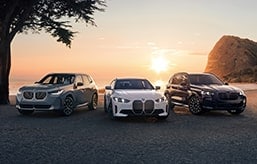
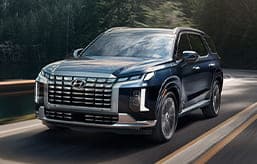
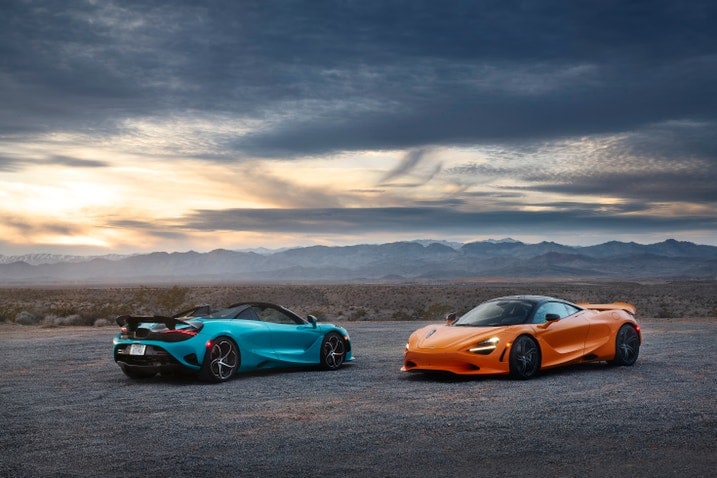
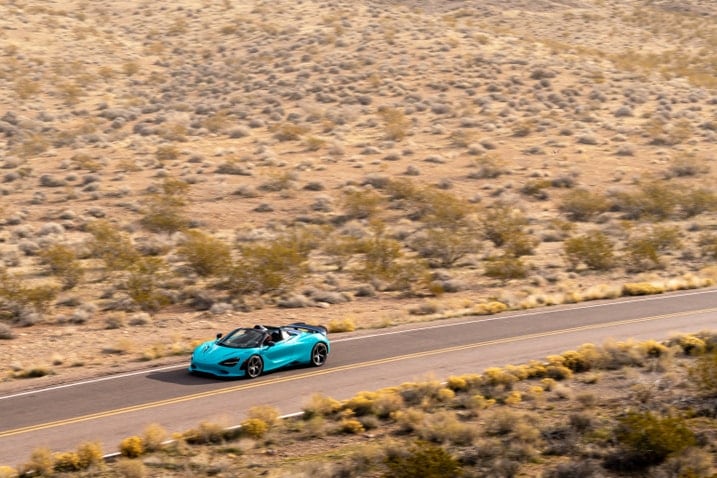


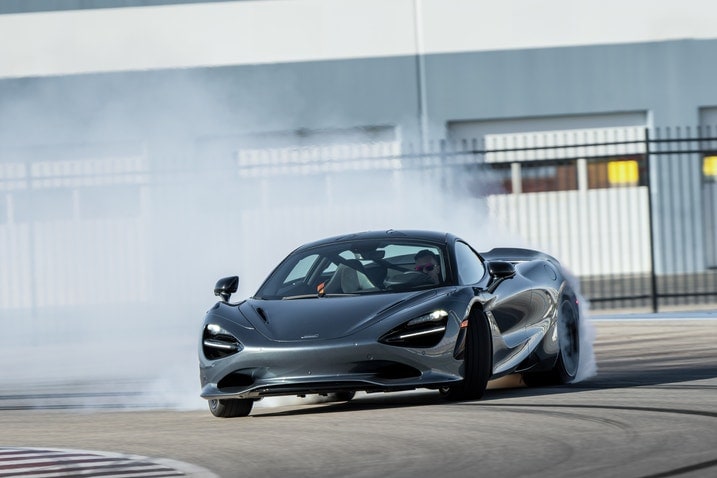



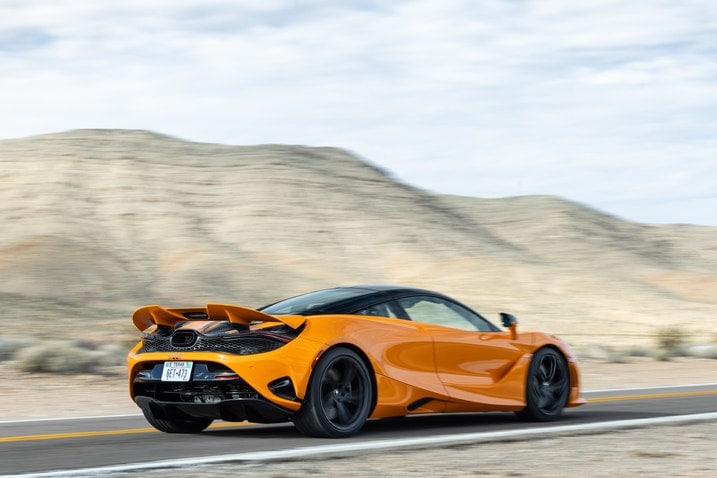
 by
by